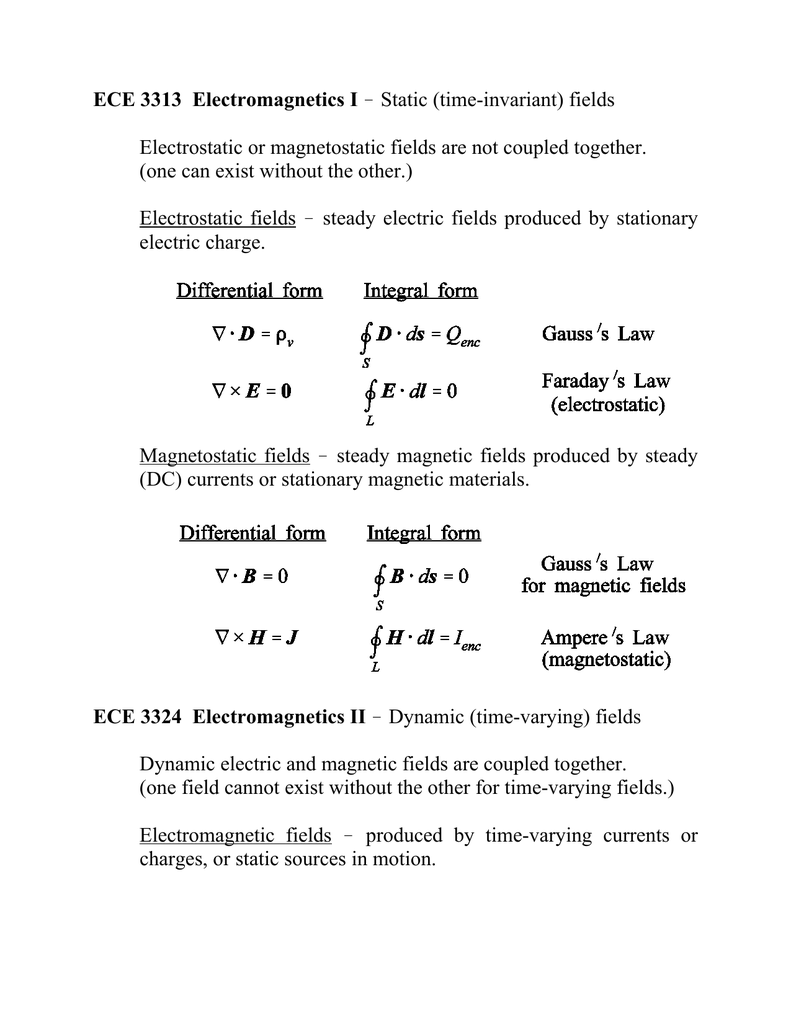Now, we have a new form of Ampere's Law: the curl of the magnetic field is equal to the Electric Current Density. If you are an astute learner, you may notice that Equation is not the final form, which is written in Equation. Ampere's law is the relationship between magnetic fields and the electric current passing through the closed loop. To learn about the formula and examples, visit BYJU'S. Now, we have a new form of Ampere's Law: the curl of the magnetic field is equal to the Electric Current Density. If you are an astute learner, you may notice that Equation is.

Ampere's Law Examples

Gauss’s Law for the Magnetic Field
Remember Gauss’s Law for the electric field? It’s the one that, in conceptual terms, states that the number of electric field lines poking outward through a closed surface is proportional to the amount of electric charge inside the closed surface. In equation form, we wrote it as:
[oint vec{E}cdot vec{dA}=frac{Q_{mbox{enclosed}}}{epsilon_o}]
We called the quantity on the left the electric flux (Phi_E=oint vec{E}cdot vec{dA}).
Well, there is a Gauss’s Law for the magnetic field as well. In one sense, it is quite similar because it involves a quantity called the magnetic flux which is expressed mathematically as (Phi_B=oint vec{B}cdot vec{dA}) and represents the number of magnetic field lines poking outward through a closed surface. The big difference stems from the fact that there is no such thing as “magnetic charge.” In other words, there is no such thing as a magnetic monopole. In Gauss’s Law for the electric field we have electric charge (divided by (epsilon_o)) on the right. In Gauss’s Law for the magnetic field, we have (0) on the right:
Ampere's Law


Ampere's Law Definition
[oint vec{B}cdot vec{dA}=0 ]
Ampere's Circuital Law Differential Form
As far as calculating the magnetic field, this equation is of limited usefulness. But, in conjunction with Ampere’s Law in integral form (see below), it can come in handy for calculating the magnetic field in cases involving a lot of symmetry. Also, it can be used as a check for cases in which the magnetic field has been determined by some other means.